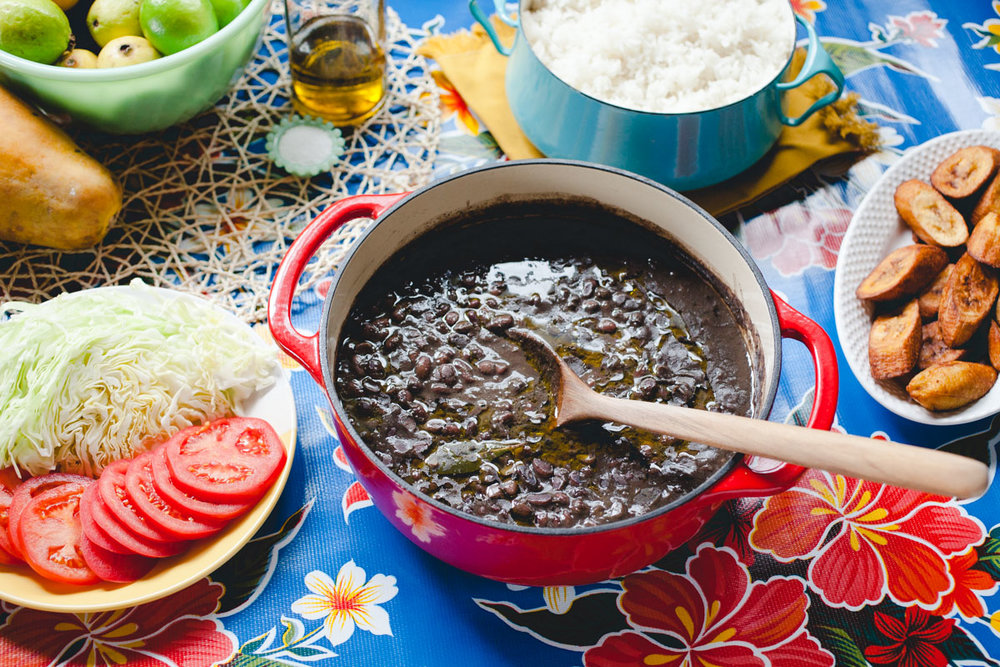Persimmon and Apple Crumb Pie
6 Fuyu persimmons (4-5 if they are large - about the size of your palm)
1 large apple, cored
3 Tbsp granulated sugar
3 Tbsp brown sugar (or sub in 6 Tbsp coconut sugar for both granulated and brown cane sugar)
1 tsp ground cinnamon
1 tsp ground ginger
1/4 tsp ground cardamom
1/8 tsp ground black pepper
1 large orange, juiced
1 recipe Basic Pie Crust, prepared and refrigerated
Egg wash (optional; 1 egg beaten with 1 Tbsp cold water)
Crumb Topping
Peel and slice the persimmons and apples into thin rounds (1/4” thick). If you have a mandolin, keep the stem end on the fruits to use as a hand guard and guide. Deseed any slices if necessary and place in a gallon size zip-top bag or other airtight container. In a small bowl, combine both sugars and all dry spices. Sprinkle over the fruit. Pour in the orange juice and toss to fully coat. Seal the bag, making sure to press out any air, or press a sheet of plastic wrap onto the surface of the fruit and seal with the lid. Place in the refrigerator for at least 6 hours or overnight.
Roll out the pie dough and place it in a 9” pie pan. Crimp or decorate the edges as desired. Place the prepared crust in the freezer until ready to fill.
(This is a great place to pause if you need to prepare something else for your meal or are wanting to prep for your pie ahead of time. When ready to bake, continue with instructions below.)
Preheat oven to 350 F.
Strain the sliced fruit, collecting the syrup in a bowl. Place the syrup in a small sauce pan over medium-low heat and bring to a low simmer, stirring occasionally. Cook until the liquid thickens and becomes the consistency of cold maple syrup. Remove from the heat and set aside.
To make the crumb topping, mix together flours and sugar. Add the butter to a small saucepan over medium-low heat. Stir as the butter melts and bubbles. Continue stirring and cook until the butter solids start to brown, about 3 minutes. Remove from the heat and stir in the vanilla bean scrapings or extract. Pour the browned butter over the flour mixture, mixing with a fork until the ingredients are no longer dry and have formed small clumps.
Remove your pie crust from the freezer and brush the edges of the crust with the egg wash, if desired. Fill the pie by evenly layering in the sliced fruit. Some of the persimmon slices may have stuck together, so gently peel them apart. For any groupings that are falling apart instead of pealing away from each other, don't worry about separating them. Pour the reduced syrup over the fruit and spread the crumb topping evenly over the pie. Place on a parchment lined sheet pan in the middle of your oven for 35-40 minutes. The pie is done when the juices begin to bubble up along the edges of the filling.
Cool on a rack for at least 1 hour before serving. This pie is excellent served with a scoop of vanilla bean ice cream or freshly whipped cream.
Yield: 9" pie - about 8 servings // Store in the refrigerator loosely wrapped in plastic for up to a week.























